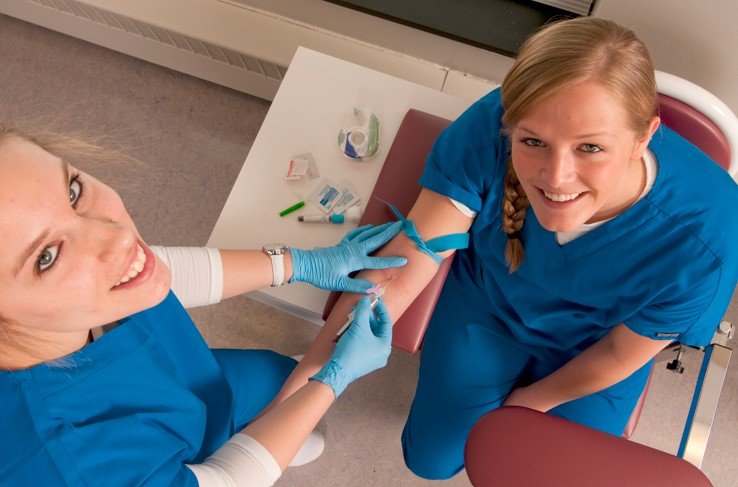Proactive Measures in Hospitals for Opioid Management: Strict Protocols, Technology, and Training Program
Summary
- Hospitals are implementing strict protocols for the administration of opioids to patients
- They are utilizing technology and data analytics to track and monitor opioid usage
- Education and training programs are being implemented for healthcare staff to ensure safe handling of opioids
Introduction
In recent years, the misuse and abuse of opioids have become a major public health crisis in the United States. Hospitals play a crucial role in the proper management of opioid medications to ensure the safety of patients and prevent diversion and misuse. In this blog post, we will discuss the measures that hospitals are implementing to ensure the safe and responsible management of opioid medications.
Strict Protocols for Opioid Administration
One of the key measures that hospitals are implementing is the establishment of strict protocols for the administration of opioid medications to patients. These protocols include guidelines for prescribing opioids, such as limiting the quantity and dosage of opioids prescribed, conducting thorough patient assessments to determine the appropriate course of treatment, and monitoring patients closely for signs of opioid misuse or abuse. By implementing these protocols, hospitals can help prevent the overprescribing of opioids and reduce the risk of addiction and overdose among patients.
Utilization of Technology and Data Analytics
Another important measure that hospitals are taking to ensure the safe management of opioids is the utilization of technology and data analytics. Hospitals are increasingly implementing electronic health record systems that allow Healthcare Providers to track and monitor opioid usage among patients. These systems can help identify patients who may be at risk of opioid misuse or diversion and enable Healthcare Providers to intervene early and provide appropriate treatment. Data analytics are also being used to analyze patterns of opioid prescribing and usage, which can help hospitals identify areas for improvement and implement targeted interventions to reduce the risk of opioid-related harm.
Education and Training Programs
In addition to strict protocols and technology solutions, hospitals are also implementing education and training programs for healthcare staff to ensure the safe handling of opioids. These programs provide Healthcare Providers with the knowledge and skills they need to appropriately prescribe, administer, and monitor opioid medications. Training programs may include information on best practices for pain management, identification of opioid misuse, and strategies for preventing opioid diversion. By equipping healthcare staff with the necessary education and training, hospitals can enhance patient safety and reduce the risk of opioid-related harm.
Conclusion
In conclusion, hospitals in the United States are taking proactive measures to ensure the safe and responsible management of opioid medications. By implementing strict protocols for opioid administration, utilizing technology and data analytics, and providing education and training programs for healthcare staff, hospitals can help prevent opioid misuse and abuse, reduce the risk of addiction and overdose, and promote the safe use of opioids for pain management. These measures are essential in addressing the opioid crisis and safeguarding the well-being of patients in hospital settings.

Disclaimer: The content provided on this blog is for informational purposes only, reflecting the personal opinions and insights of the author(s) on the topics. The information provided should not be used for diagnosing or treating a health problem or disease, and those seeking personal medical advice should consult with a licensed physician. Always seek the advice of your doctor or other qualified health provider regarding a medical condition. Never disregard professional medical advice or delay in seeking it because of something you have read on this website. If you think you may have a medical emergency, call 911 or go to the nearest emergency room immediately. No physician-patient relationship is created by this web site or its use. No contributors to this web site make any representations, express or implied, with respect to the information provided herein or to its use. While we strive to share accurate and up-to-date information, we cannot guarantee the completeness, reliability, or accuracy of the content. The blog may also include links to external websites and resources for the convenience of our readers. Please note that linking to other sites does not imply endorsement of their content, practices, or services by us. Readers should use their discretion and judgment while exploring any external links and resources mentioned on this blog.
